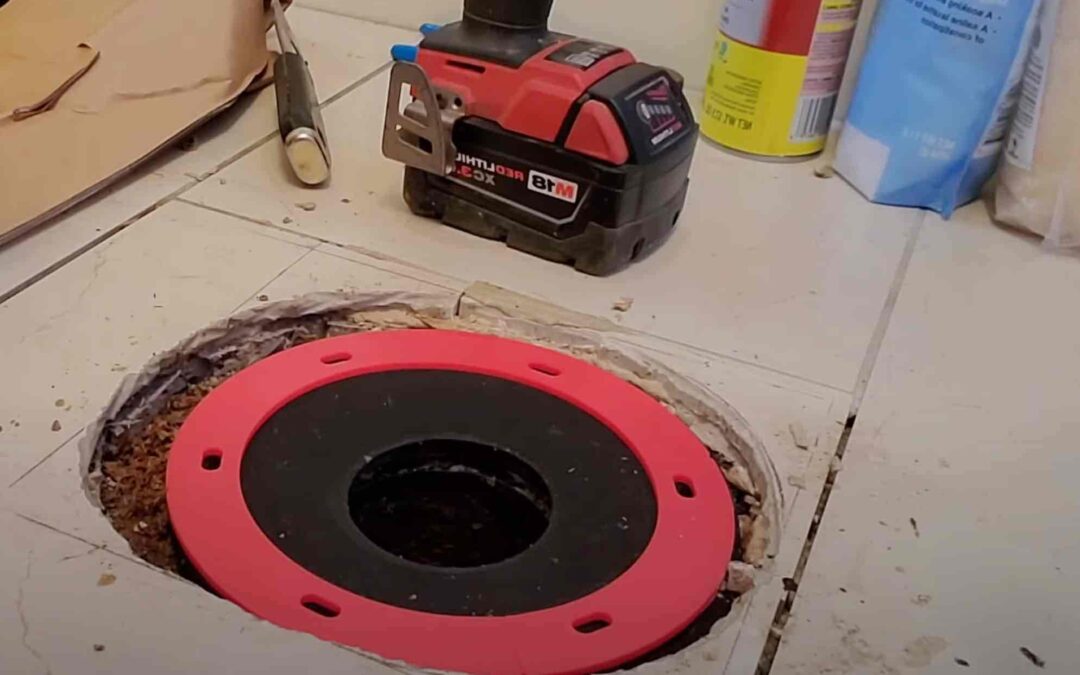When it comes to plumbing projects, connecting different types of pipes can sometimes be a challenge. One common scenario is connecting copper pipes to galvanized water lines.
While the two materials have different properties, there are effective techniques to ensure a secure and long-lasting connection. In this blog, we will explore methods and tips on how to quickly connect copper to galvanized water lines, providing new ideas and advice to streamline the process.
- Use Compression Fittings: Compression fittings offer a convenient and reliable solution for connecting copper pipes to galvanized water lines. These fittings consist of a compression nut, a compression ring, and an insert that fits into the copper pipe. Simply insert the copper pipe into the compression fitting, tighten the nut, and create a watertight seal. Compression fittings are easy to install and provide a secure connection without the need for soldering or threading.
- Employ Push-Fit Connectors: Push-fit connectors, also known as push-to-connect or quick-connect fittings, are another efficient option for joining copper and galvanized pipes. These connectors feature a simple design that allows you to push the copper pipe into the fitting, creating a secure connection without the need for special tools or adhesives. Push-fit connectors are a time-saving solution that eliminates the need for soldering or threading, making them ideal for quick installations or repairs.
- Consider Dielectric Union: A dielectric union is a specialized fitting that provides a reliable and effective connection between copper and galvanized pipes. This fitting incorporates a rubber or plastic washer that separates the two dissimilar metals, preventing galvanic corrosion. By installing a dielectric union, you can protect both the copper and galvanized pipes from premature deterioration and ensure a durable connection.
- Utilize Transition Fittings: Transition fittings are specifically designed to connect different types of pipes, making them a valuable tool when joining copper and galvanized water lines. These fittings typically have one end designed for copper pipes and the other end for galvanized pipes. Transition fittings come in various configurations, including threaded, compression, or push-fit options, allowing you to choose the most suitable connection method for your specific project.
- Use Threaded Adapters: If your copper and galvanized pipes have threaded ends, threaded adapters can be used to create a secure connection. Simply apply pipe thread compound or Teflon tape to the threaded ends, and then screw the adapters onto the pipes. Tighten the adapters using a wrench to ensure a watertight seal. Threaded adapters provide a reliable connection that can withstand water pressure and offer ease of installation.
- Prioritize Proper Pipe Preparation: Regardless of the connection method chosen, proper pipe preparation is crucial for a successful and lasting connection. Clean the ends of both the copper and galvanized pipes using a pipe cleaning brush or sandpaper to remove any debris, corrosion, or oxidation. Clean surfaces promote better adhesion and create a tight seal, ensuring the connection’s integrity.
- Seek Professional Assistance: While many homeowners and DIY enthusiasts can handle simple plumbing projects, complex or extensive connections may require professional assistance. If you are unsure about the best method or lack the necessary skills, it is advisable to consult a licensed plumber. They have the expertise and experience to tackle challenging connections and ensure compliance with local plumbing codes.
Conclusion
Connecting copper pipes to galvanized water lines can be accomplished quickly and efficiently using various techniques. By employing compression fittings, push-fit connectors, dielectric unions, transition fittings, threaded adapters, and prioritizing proper pipe preparation, you can create secure and durable connections. However, it is essential to choose the most appropriate method for your specific project and seek professional assistance if needed. With the right approach and the right tools, you can confidently

